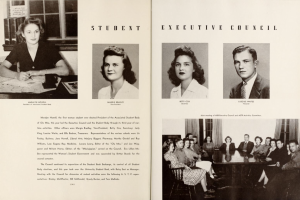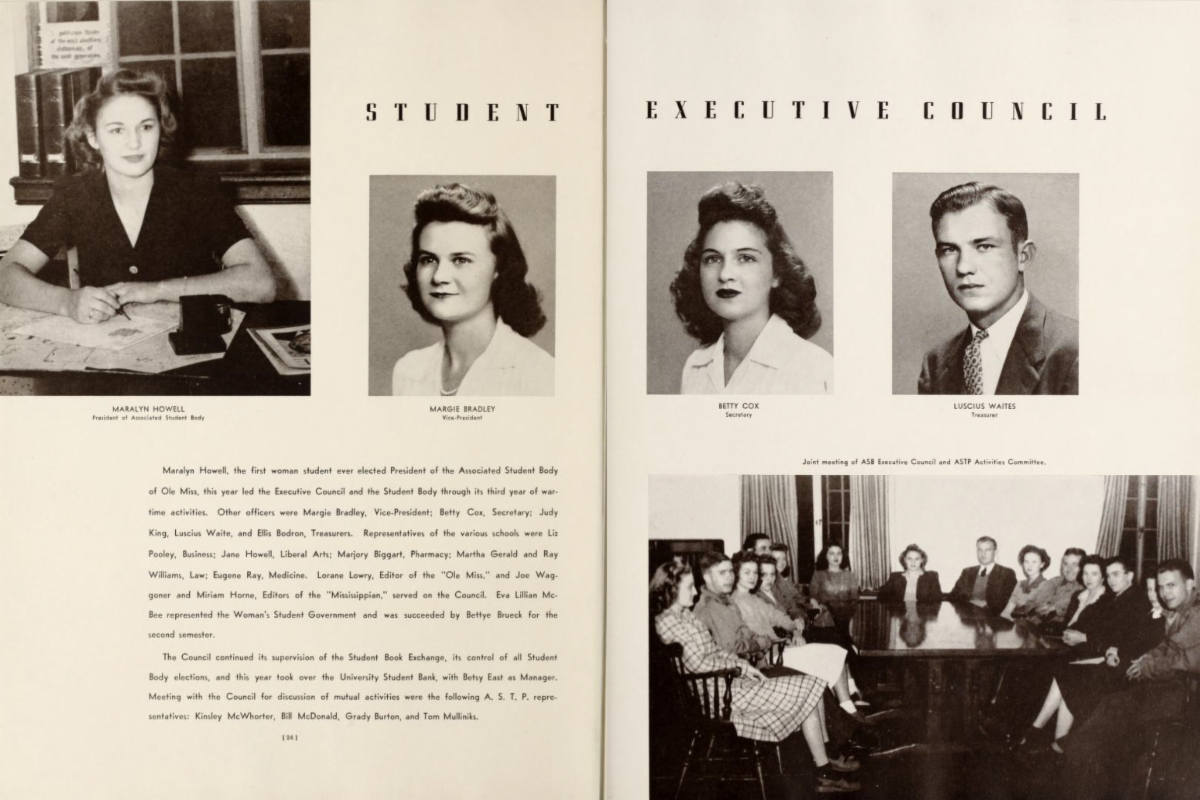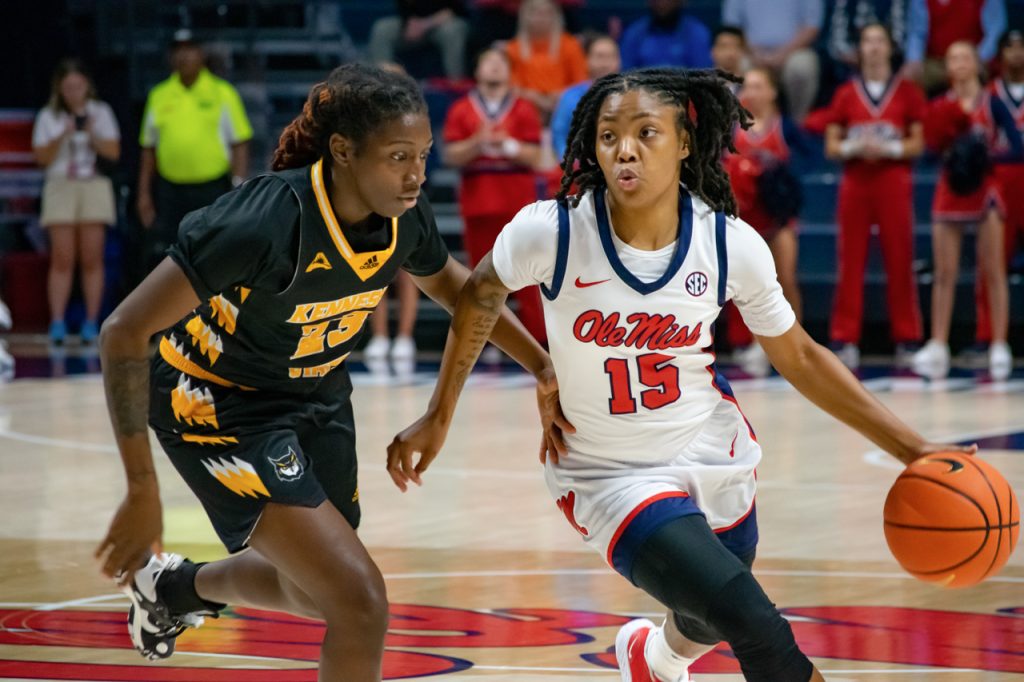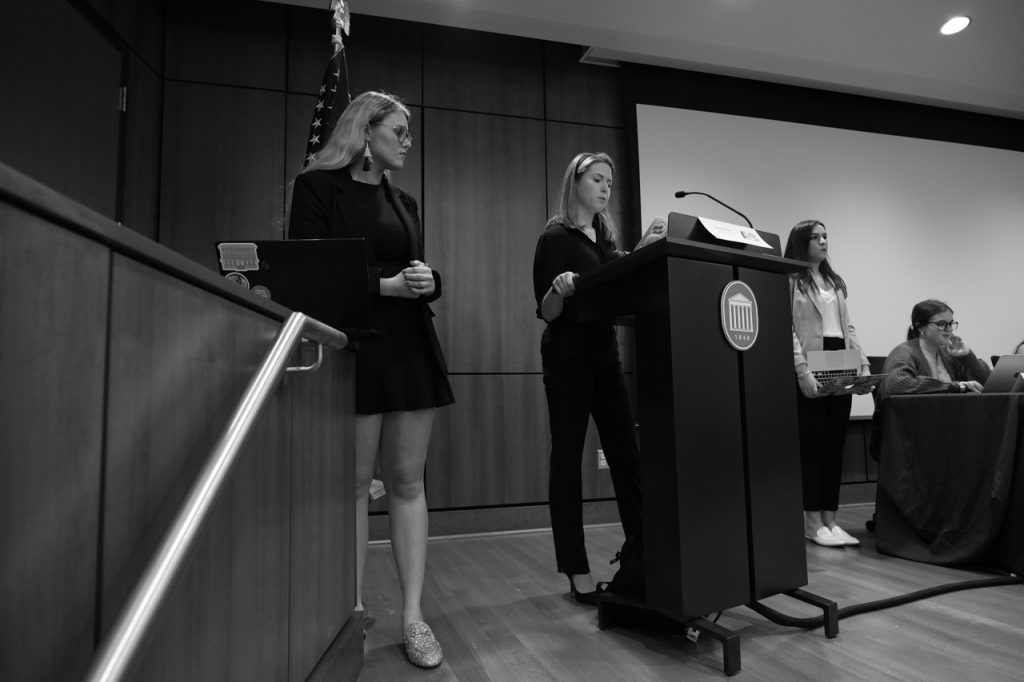
Maralyn Howell Bullion, the first woman elected student body president at the university, celebrates 100 years since her birth on Nov. 10.
Bullion, a sociology and English major, was elected in 1943. It was never her intention to run for student body president. Instead she attributed her run to someone else making the decision for her. Bullion described herself as someone who was involved in everything, so being president was no different.
“(My favorite part about being president) was being involved in everything on campus and being able to know the student body better,” she said.
Bullion’s tenure as president, however, was marked by World War II and the university’s dwindling population.
“The student body was closer because of the war, and we had that wonderful feeling of being close to each other and smaller,” she said.
Bullion defeated a “very popular member of the DKE fraternity” to become president, symbolizing that her election as president wasn’t solely based on the fact that many of the university’s men were leaving the university for the war.
“These were war years. Most of the men had gone off to war, so we women were holding things down,” Bullion said. “But my opponent was a man.”
Many of Bullion’s friends and classmates never returned from World War II. The magnolia trees that line the road between Paris-Yates Chapel and Guyton Hall were planted by Bullion and her classmates in memory of the Ole Miss students who died in the war.
Bullion also recalled her time as president when the military wanted to send troops to the university to train to be engineers. One of her biggest challenges was deciding whether or not to allow those students to fully participate in campus life.
“The big challenge was ‘do we let them enter all of our activities as regular students, or do we keep them separate and a part?’” she said.
In the end, the student body decided to accept them as full students, Bullion saying that they ultimately added a lot to the lives of students at Ole Miss.
Since Bullion’s election as the first woman president, the university has only had eight other women presidents, the current president being the ninth. For Bullion, this is not necessarily a problem.
“We elect people, not because of their gender or color, but (based on) who the student body thinks will do the best job,” she said.
Being student body president wasn’t far from the only thing Bullion did while at the university. She also joined Phi Mu sorority, where she eventually became president, and she remains an ardent supporter of the organization.
In addition to her participation in Phi Mu, Bullion also wrote for the Mississippian, served as society editor for the Oxford Eagle and participated in archery.
After graduation, Bullion moved to Memphis and began working as a copywriter and proofreader for a pharmaceutical company. Later, she went to work in a writing position at the Red Cross in Atlanta, where she would meet her husband, Jim Bullion. Her life with Jim would include six children and lots of travel, including time outside of Paris, in Heidelberg, Germany and in many other parts of Europe.
According to a flier from Bullion’s 100th birthday celebration, “Maralyn’s ancestors settled in Mississippi in the early 1800s, building log cabins and living off the land to create a home. Centuries later, their one-century-old descendant lovingly carries on that legacy — helping to make Oxford one of the very best places to call home.”
Bullion’s love for Oxford remains ingrained in her, and her memories of her time at the university bring her a sense of joy. Her hope is that the university will continue to grow, in terms of size and diversity.
“I cherish my four years at Ole Miss,” Bullion said. “They were four of the happiest years (of my life).”












